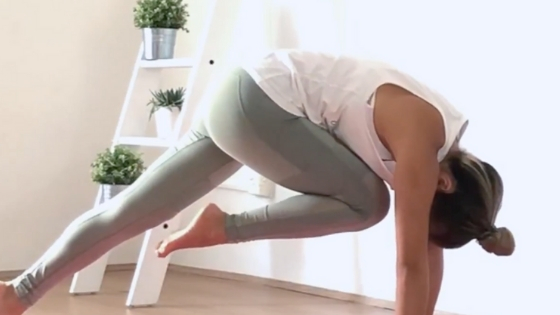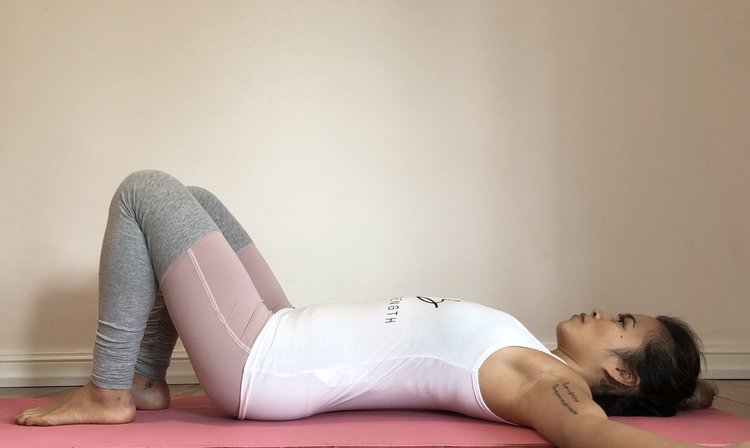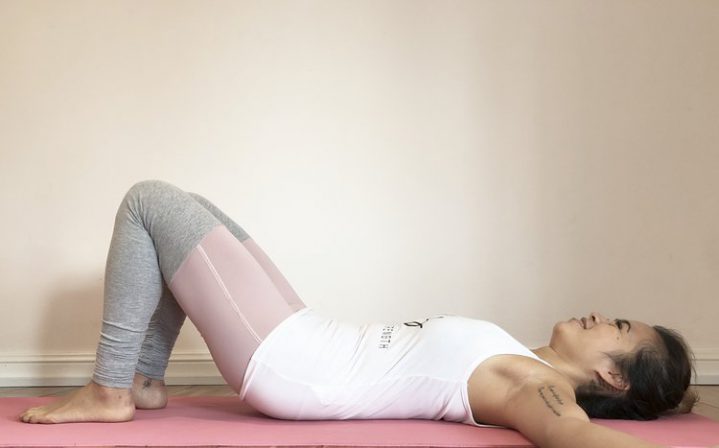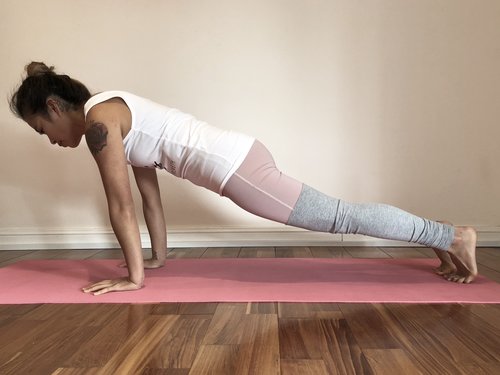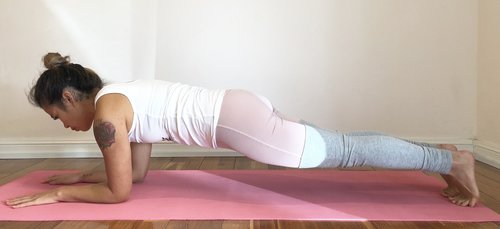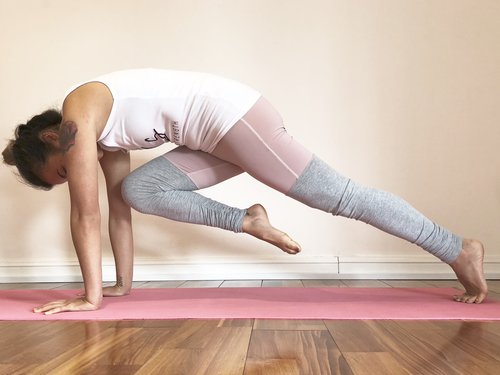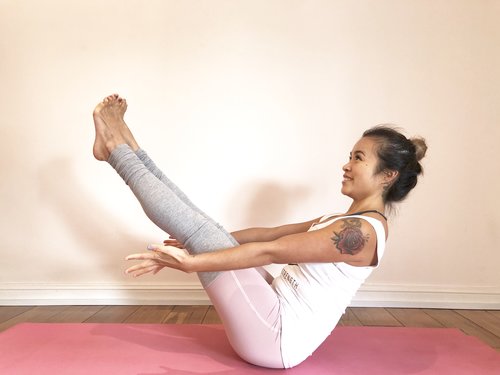One of the most common ways we disengage the core is by tilting the pelvis backwards. This crunches the lumber spine and puts a lot of pressure into the lower back. Learn to tuck the pelvis back in by softening the sacrum and knitting your ribs in, so that your ribcage is not flaring out.
Core strength is often neglected when standing and sitting, because it feels easier to relax the abdominal muscles and rely on our spinal structure to hold us up. However, muscles pull on bone and vice versa. So, if your muscles are slumping, your bones will follow. After years of poor spinal alignment, the bone structure becomes rigid in the wrong form and results in pain. A strong core can help elevate a lot of the pains and aches in your body. Although training your core is not the answer to all your aches and pains, having a strong core does prove to alleviate common body aches; the reason being that when our core is weak, our body naturally leans on using other muscles to overcompensate. As a result, we end up with overworked muscles all over our body and poor alignment. Let’s hope that the altered spinal structure doesn’t mess with the nerves in the spine….now, that opens up a whole can of worms….you get the point.
The way to strengthen the core is not just by doing core workouts but to practice activating it in everything we do. This includes being idle standing/sitting or even walking. If you struggle to understand what it means to engage your core or how it should feel like, I have included two images below so that you can practice activating your abdominals and T zone (between your hip bone down to your pelvic floor).


